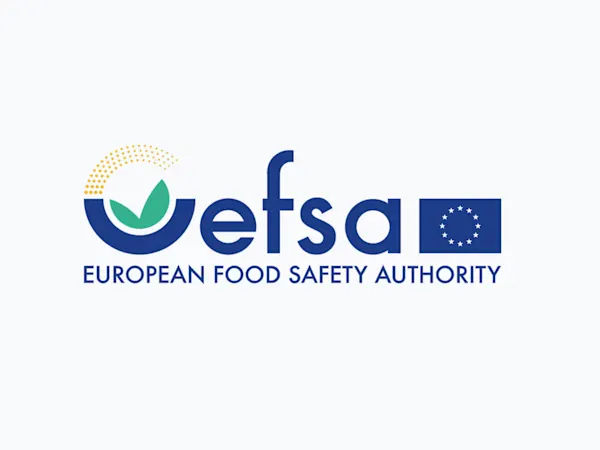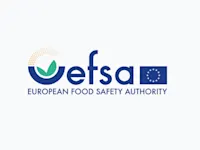
EFSA Seeks Feedback on Overhaul of Weight of Evidence and Biological Relevance Guidance
EFSA launches consultation on updating its Weight of Evidence and Biological Relevance guidance, aiming to streamline chemical risk assessment practices.


The European Commission has initiated a public consultation period for a new draft regulation aimed at updating the list of hazardous chemicals subject to international trade rules. This effort, part of the European Union's rigorous regulatory framework, aims to bolster global safety by preventing the unwarranted import of hazardous chemicals into non-EU countries and ensuring detailed information on the hazards, risks, and safe handling of these substances when exported.
The draft regulation is open for public feedback from 19 July 2024 to 16 August 2024. During this period, EU citizens, industry stakeholders, and civil society organisations are encouraged to share their opinions and comments. The feedback gathered will be instrumental in shaping the final regulation, ensuring it addresses a wide array of perspectives and concerns.
The key objective of this update is to assist non-EU countries in better managing hazardous chemicals. By revising the list of regulated chemicals, the Commission aims to stay aligned with the latest developments in Union law and international conventions, such as the Rotterdam and Stockholm Conventions. The initiative underscores the necessity of international collaboration in reducing the risks posed by hazardous chemicals.
The draft regulation proposes the inclusion of several new chemicals to the list of controlled substances, reflecting recent scientific findings and regulatory decisions. Notable additions include:
These substances have been classified as hazardous due to their potential risks to human health and the environment. The regulation requires that these chemicals can only be exported under certain conditions, ensuring importing countries are fully informed about the risks involved.
This update is part of a series of regulatory measures the Commission has undertaken over the past year. Several chemicals, including dimethomorph, oxamyl, and fenpropimorph, have been removed from the approval process or banned under various EU regulations. These actions demonstrate the Commission's dedication to upholding high safety standards and safeguarding public health and the environment.
The draft delegated regulation amends Regulation (EU) No 649/2012 concerning the export and import of hazardous chemicals. It is based on Article 23(4) of the regulation, which requires regular reviews of the chemical list based on new scientific and regulatory advancements. An expert group, including representatives from member states, the European Chemicals Agency, the chemicals industry, and civil society, has already reviewed and provided feedback on the draft.
The European Commission invites all interested parties to engage in the consultation process by submitting their feedback online. This inclusive approach aims to ensure that the final regulation is comprehensive, balanced, and considers the insights and concerns of all stakeholders.
Foresight continuously tracks 1000s of sources and maps updates to your portfolio:




EFSA launches consultation on updating its Weight of Evidence and Biological Relevance guidance, aiming to streamline chemical risk assessment practices.

The EU’s latest synthesis report on the PIC Regulation adds 48 hazardous chemicals, tightens export consent rules, and heightens enforcement for chemical manufacturers.

Germany's CONMAR-Impact study sets new environmental quality standards for TNT in marine ecosystems, raising industry-wide compliance questions.
Subscribe to Foresight Weekly and get the latest insights on regulatory changes affecting chemical compliance.
Free forever. Unsubscribe anytime.
Read by professionals at